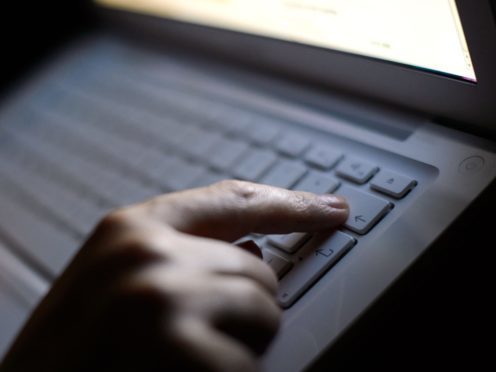One in 10 households in the UK still do not have access to the internet, according to new figures from the Office for National Statistics (ONS).
The number of households with the ability to get online has remained unchanged between 2017 and 2018 at 90% according to the stats, despite general internet use continuing to rise.
According to the figures, nine out of 10 people (89%) in Britain have used the internet at least twice weekly in 2018, with email the most common internet activity and mobile phones the most popular way to get online.
Online shopping among the over 65s has also trebled in the last decade, the figure has risen from 16% in 2008 to 48% today.

The ONS figures also revealed an increase in the number of adults watching videos on demand from streaming services such as Netflix, rising to 46% from only 29% in 2016.
The stats showed that daily internet use has more than doubled since 2006 from 35% to 86% in 2018, but weekly internet use has declined from 16% in 2016, to only 4% in 2018.
They also reveal that almost all adults aged 25 to 34 (97%) have accessed the internet while “on the go”, away from home or work, compared to only 39% of those aged 65 and over.
Experts from UK Addiction Treatment (UKat) have warned the increase in daily internet use could be a sign of a growing addiction to getting online among younger users.
Dr Mateen Durrani, general adult psychiatrist said: “Internet use is as normal as breathing for almost all adults in the UK. But the addictive nature of it is a new yet very real and concerning phenomenon.
“Having our emails at our fingertips day or night encourages an ‘always on’ mental attitude and discourages downtime from work, family time and even human social interaction.
“The internet has created a world in which we can socialise, source information, create, game, shop, and never switch off.
“Many adults have healthy relationships with the internet, but some people are over-using and are ultimately becoming dependent.
“The ‘fear of missing out’ is a worrying concept as it fuels living online rather than in real time.
“Unfortunately with internet addiction, we fear the worst is yet to come, especially for the younger and future generations.”
However, the ONS figures did also show that despite the rise in internet use, 9% of Britons had not used the internet at all in the last three months.
